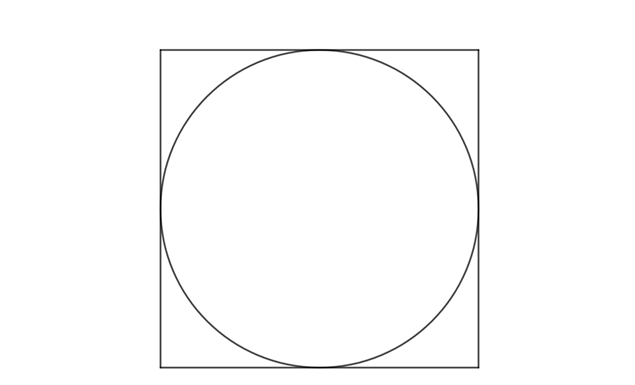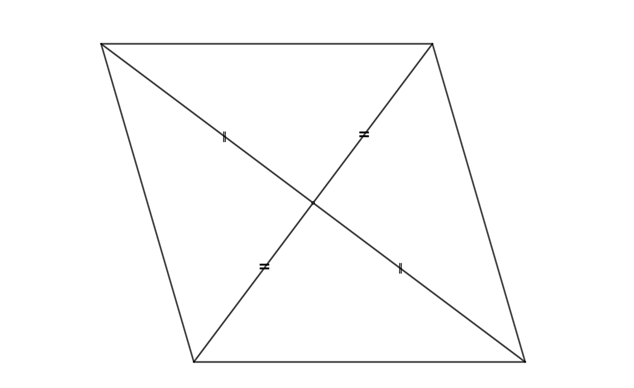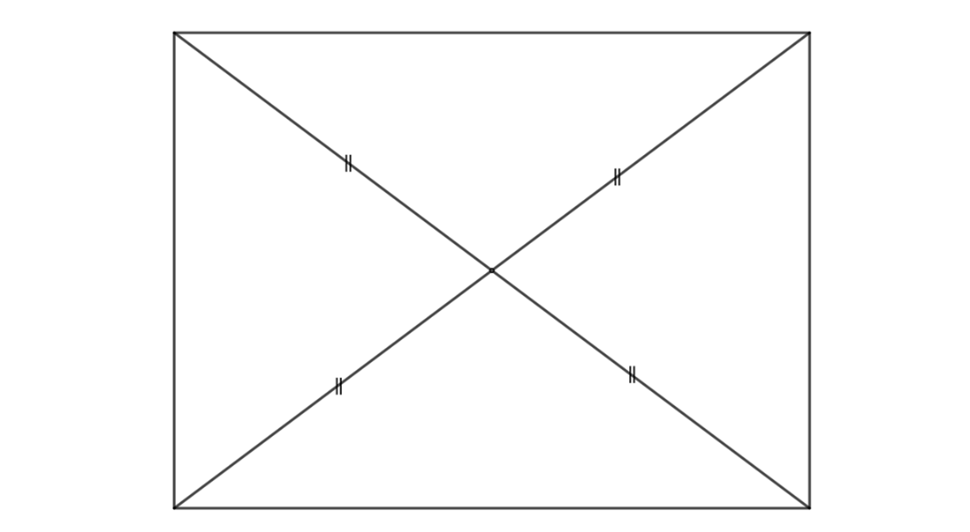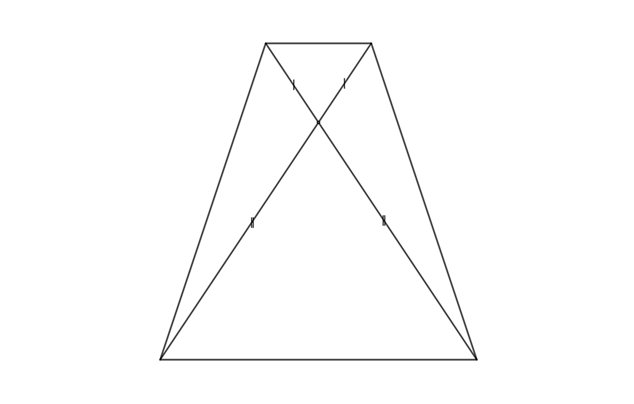In the following $(1)$ to $(4)$, for the condition on the left about a quadrilateral,
if the condition on the right is a necessary and sufficient condition, answer $A$;
if it is a necessary but not sufficient condition, answer $B$;
if it is a sufficient but not necessary condition, answer $C$;
if it is neither a necessary nor sufficient condition, answer $D$.
$(1)$ It is a trapezoid. $\quad – \quad$ A circle is inscribed on each of its four sides.
$(2)$ The diagonals bisect each other. $\quad – \quad$ It is a rectangle.
$(3)$ It is an isosceles trapezoid. $\quad – \quad$ The diagonals are of equal length.
$(4)$ It is a parallelogram with diagonals of equal length. $\quad – \quad$ It is a rectangle.
$\downarrow$ $\downarrow$ $\downarrow$ $\downarrow$ $\downarrow$
$$ $$Solution
(1) Even if a quadrilateral is a trapezoid, a circle is not necessarily all four sides are not necessarily inscribed on each of its four sides, and a quadrilateral with a circle inscribed on all four sides is not necessarily a trapezoid. Therefore, the answer is
$$D.$$


(2) A quadrilateral whose diagonals bisect each other is a parallelogram, but not necessarily a rectangle.
However, since a rectangle is a type of parallelogram, its diagonals bisect each other. Thus, the answer is
$$C.$$


(3) In an isosceles trapezoid, the diagonals are equal in length, but quadrilaterals with equal diagonals are not limited to isosceles trapezoids. Accordingly, the answer is
$$B.$$

(4) A parallelogram whose diagonals are the same length is a rectangle, and if it is a rectangle, the diagonals are all the same length. Hence, the answer is
$$A.$$
Reference Teiichiro Sasabe (1976) The Encyclopedia of Geometry (2nd edition), Seikyo-Shinsha, p.41.